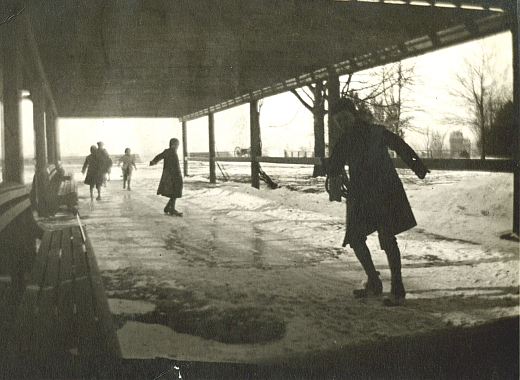POTW: Sliding in Fort Greene
POTW: New Beginnings
POTW: Poison Books
POTW: A Mournful Ouroboros
Railfan Sandwich Man's Loco-Motive to Increase Business
New York City History Day
Last June, 30 students from New York City participated in National History Day, a contest for Middle and High School students held at the University of Maryland in College Park, MD. After months of hard work crafting original historical research projects and competing in multiple contests, they were selected from over 500,000 students who competed internationally. The projects, all connected to the theme – Frontiers in History: People, Places, Ideas – ranged in topic and presentation. From performances examining the visionary of David Sarnoff and his impact on television; to papers examining…
POTW: A Horse-Drawn Toilet
POTW: Four Horses of Fort Greene













